- News
- Reviews
- Bikes
- Accessories
- Accessories - misc
- Computer mounts
- Bags
- Bar ends
- Bike bags & cases
- Bottle cages
- Bottles
- Cameras
- Car racks
- Child seats
- Computers
- Glasses
- GPS units
- Helmets
- Lights - front
- Lights - rear
- Lights - sets
- Locks
- Mirrors
- Mudguards
- Racks
- Pumps & CO2 inflators
- Puncture kits
- Reflectives
- Smart watches
- Stands and racks
- Trailers
- Clothing
- Components
- Bar tape & grips
- Bottom brackets
- Brake & gear cables
- Brake & STI levers
- Brake pads & spares
- Brakes
- Cassettes & freewheels
- Chains
- Chainsets & chainrings
- Derailleurs - front
- Derailleurs - rear
- Forks
- Gear levers & shifters
- Groupsets
- Handlebars & extensions
- Headsets
- Hubs
- Inner tubes
- Pedals
- Quick releases & skewers
- Saddles
- Seatposts
- Stems
- Wheels
- Tyres
- Health, fitness and nutrition
- Tools and workshop
- Miscellaneous
- Cross country mountain bikes
- Tubeless valves
- Buyers Guides
- Features
- Forum
- Recommends
- Podcast
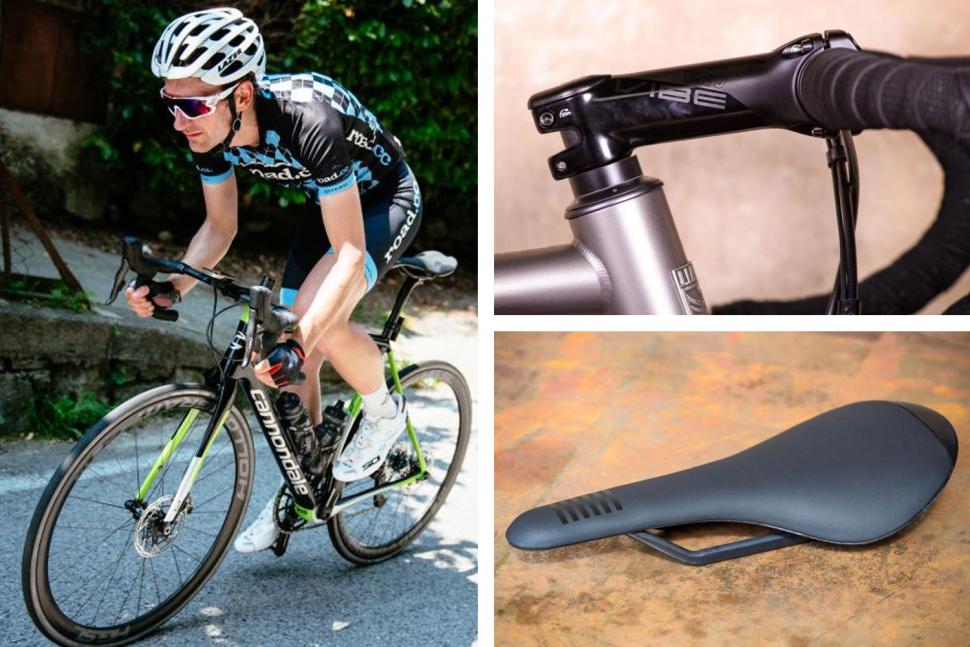 Customising your bike March 2019
Customising your bike March 20196 simple bike tweaks that maximise performance & speed
A harmonious relationship between body and bicycle is a wonderful thing but it’s not a given, and the smallest detail can affect your cycling efficiency, performance and comfort. We've covered the comfort aspect already in the companion article to this one, so here we're going to concentrate on everything you can change/tweak/and generally customise with the aim of getting the perfect bike and thereby squeezing the maximum from your performance.
Ensuring you have the optimum bike fit and correct component choices for your requirements will ensure you have a perfect relationship with your bicycle and prevent discomfort and injuries, and that can result in improved performance, whether you're racing, time trialling or riding a sportive. If you want to go faster getting your bike perfectly setup is of paramount importance.
The position of your key contact points - handlebar, saddle and pedals - is really important and small changes can make a big difference. A professional bike fit, and many now use power meters and simulated wind tunnels, can really help improve your performance. If you want to make some changes yourself, this is a list of the many customisable components that can be tailored to your needs to remedy any discomfort you might be enduring.
Choose your saddle width and shape
Saddles are the biggest cause of cycling discomfort and loss of performance and it’s for this reason that most manufacturers offer a vast range of shapes, sizes and lengths. There really is a saddle to suit everyone, so if you are having problems with your current saddle, trying another one could be an easy fix.
Some saddle brands and many bike shops operate trial services so you can try before you buy, a good idea if you’re unsure what saddle you need and certainly makes trying different saddles more feasible.
Saddles come in different width options, popularised by Specialized’s Body Geometry technology first introduced some 20 years ago, the idea is to ensure the sit bones are correctly supported to prevent numbness and general discomfort. Determining what saddle width you need can be as simple as sitting on a special heat sensitive pad that can identify the required saddle width to match your sit bones.
- 6 of the best short saddles - because short is the new long
Some brands take a slightly different approach to providing the optimum saddle shape and width for your requirements. Italian brand Fizik uses rider flexibility and the amount of pelvic rotation involved in your pedal stroke to match you with one of its saddles shapes and widths.
As well as width and shape, many cyclists find the solution to discomfort lies in a saddle with a cutaway channel down the middle that relieves pressure in the sensitive area.
Bib shorts with different size padded inserts
With a huge range of different width saddles available, you’d think clothing manufacturers would be offering lots of different width saddle inserts in bib shorts, but the opposite is true. That’s starting to change though. Endura launched the FS260-Pro SL bib shorts a couple of years ago with three different padded insert widths to choose from to suit different riders.
Sensing the opportunity, Fizik launched a range of bib shorts designed specifically to work with its saddles. The shorts feature different shape padded inserts, as well as different fabric and panel shapes in the shorts, based on the same hip rotation and spine flexibility as used to develop its range of saddles.
Handlebar width, reach and shape
Chances are you’re riding the same handlebar that came fitted to your bike when you bought it, and chances are that it’s just fine. But handlebars come in a wide range of widths, reach and shapes that can make a big difference to cycling comfort.
Typically, you choose a handlebar width to match your shoulder width. That’s why more bike brands fit narrower bars to smaller size road bikes and vice versa on larger sizes. It’s not a fixed rule and some people prefer a narrower or wider handlebar.
Handlebars come with different reach options - the measurement from the straight section to where the hoods attach - and is another aspect to consider. A long reach might put you in a comfortable position on the tops but too stretched in the hoods, so changing the reach can be one way to improve comfort and therefore your performance. If you want to get a more aero fit for racing a longer reach can put you in a more stretched position.
Short reach handlebars are increasingly common as many cyclists like the short transition from the tops to the hoods. Which you choose comes down to personal preference.
Handlebar shapes also vary dramatically, from old school drops to the modern compact drops favoured by many cyclists. The shape can determine the curve of the dropped section of the handlebar, and the top of the drops where the hoods attach to the bars.
Small differences in width, reach and shape can have quite noticeable influences on cycling comfort so if you’re struggling with your handlebar, this might be an area to focus on.
Adjusting the stem length for optimum reach
Are you stretching for your handlebars and hurting your back? Do you feel cramped and getting sore wrists? The culprit could be a stem that isn’t the right length, either too short or too long.
Most bike brands fit size-specific stems to bikes but with a huge range of stem lengths and so many variables from one person to another, this only goes so far to ensure you have the optimum stem length.
Fitting a longer stem will provide a more stretched position which is good from a performance point of view as you'll likely be more aerodynamic.
Custom shoe insoles for pedalling comfort
Another recurring complaint is sore feet, and painful feet can quickly lead to a drop in performance. Simply put, you won't be able to push on the pedals as hard reducing your power output.
Getting the right size shoes is obviously the first step to ensuring shoe comfort, but another step is to change the insoles or go down the custom mouldable insole route.
Specialized offers a choice of insoles with different arch and metatarsal button heights, and other brands like Giro and SOLE provide inner soles with interchangeable arch supports.
These insoles are intended to optimise your foot, knee and leg alignment when pedalling. Getting the right inner sole can be as simple as visiting a bike shop and standing on a heat sensitive pad to determine your arch height, to more advanced bike fits that use power meters to get a better grasp of your pedalling dynamics.
Moulding soles to your feet is another option and there are a growing number of custom mouldable insoles on the market, like these from SOLE.
Perfect cleat setup to minimise knee pain
If you’re using clipless pedals with cleats affixed to your shoes, ensuring they are set up perfectly is going to ensure maximum performance.
Even if the cleat position is a little bit off it can easily lead to discomfort, reduced efficiency and power output. The two key things to set your cleats up is the angle and fore-aft position.
A good starting point for positioning the fore-aft position of your cleats is to line up the pedal axle with the ball of your foot. Mark your shoes at the ball of your foot and then use the centre line found on most cleats, and the markers on the sole, to carefully position the cleat. This is a good starting point.
Setting the angle of the cleats is based on matching the angle of your feet, and an easy way to do this is sitting on the edge of a table and let your feet hang freely. Most people tend to have a slightly heel-in position, so you’ll want to replicate this in the cleat setup. Make small adjustments until you find a comfortable pedalling setup.
One easy thing you can do to customise your cleat setup is to change the amount of float. Float is how much free sideways rotational movement you have before the cleat disengages from the pedal. Most pedal brands offer a variety of cleats, from fixed float favoured by sprinters and track cyclists, to a lot of float that ensures cleat position is slightly less critical.
Now you've done the bike, is there anything else you can do to wring some more speed from your ride?
You could stick a motor on your bike. Joke! Seriously though, there are a few changes you could make, and as the body accounts for about 80% of the drag you face, there are some decent performance gains to be made.
The easiest change to gain more performance is to wear close-fitting clothing. Loose and flappy clothing just catches the wind and massively increases your drag. Skin tight clothing can significantly reduce your drag.
It’s not just racers that benefit from close-fitting clothing, you’ll benefit during a sportive even at lower speeds because a slower cyclist spends more time on the road so saves more time. It’s extra performance for everyone.
Aero road helmets are popular and numerous in their choice these days. The good ones combine decent ventilation with lower drag than a conventional helmet. Here are six of the best aero helmets worth considering.
Deep section carbon fibre wheels offer an aerodynamic advantage over a box section aluminium rim. There is plenty of wind tunnel data (if you want to believe it) from the leading manufacturers showing that carbon wheels reduce drag significantly. Here are six of the best deep section carbon wheels
Here are some more tips for getting aero with a view to improving your performance
Do you have any tips for adjusting bike setup to find more performance? Do share them in the comments section below.
David worked on the road.cc tech team from 2012-2020. Previously he was editor of Bikemagic.com and before that staff writer at RCUK. He's a seasoned cyclist of all disciplines, from road to mountain biking, touring to cyclo-cross, he only wishes he had time to ride them all. He's mildly competitive, though he'll never admit it, and is a frequent road racer but is too lazy to do really well. He currently resides in the Cotswolds, and you can now find him over on his own YouTube channel David Arthur - Just Ride Bikes.
Latest Comments
- alchemilla 9 min 38 sec ago
Somewhat ironic, isn't it, when a large percentage of road racing fans won't be able to watch it on TV?
- Keesvant 25 min 48 sec ago
Lots of comments are about the lack of quality....
- bensynnock 30 min 41 sec ago
It was nowhere near than bad, or at least the traffic cleared fairly quickly. I went through this area at 6pm last night and it was free flowing if...
- bensynnock 32 min 38 sec ago
Pedestrians should still allow cyclists to pass though. I usually avoid shared use paths because they're more hassle than they're worth.
- rothbags 46 min 29 sec ago
Still got that weird Boardman short legs, and longer body geometry thats got me running an 80mm - 17 degree stem on a medium-sized frame and I'm 5...
- CarlosFerreiro 1 hour 32 min ago
Even if they accepted a plea one level down, to "causing serious injury by careless driving" it would have alolowed consideration of a wider range...
- chrisonabike 1 hour 34 min ago
But my human rights / Magna Carta / driving is a normal activity / millions do so every day without killing etc. etc.
- bobbinogs 1 hour 39 min ago
Ok, camera arrived and my first impressions are quite positive. Looks to be a good step forward from the CR1....
- MikeBz 2 hours 1 min ago
The rock hack reminds me that many decades back I bought a new full suspension mountain bike for around £70. I'd like to say it was worth every...
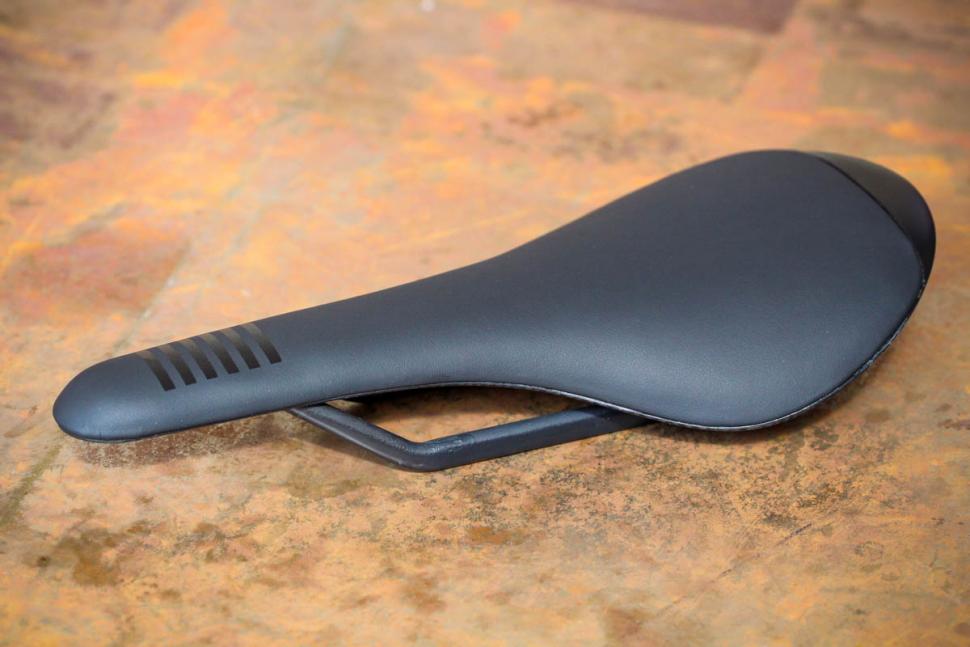
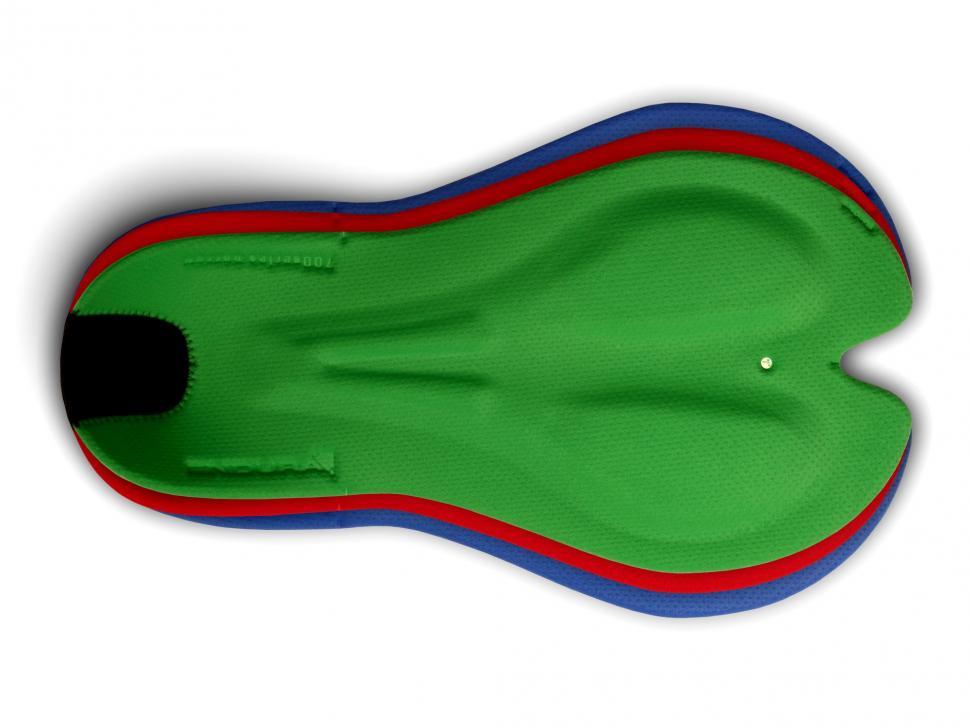
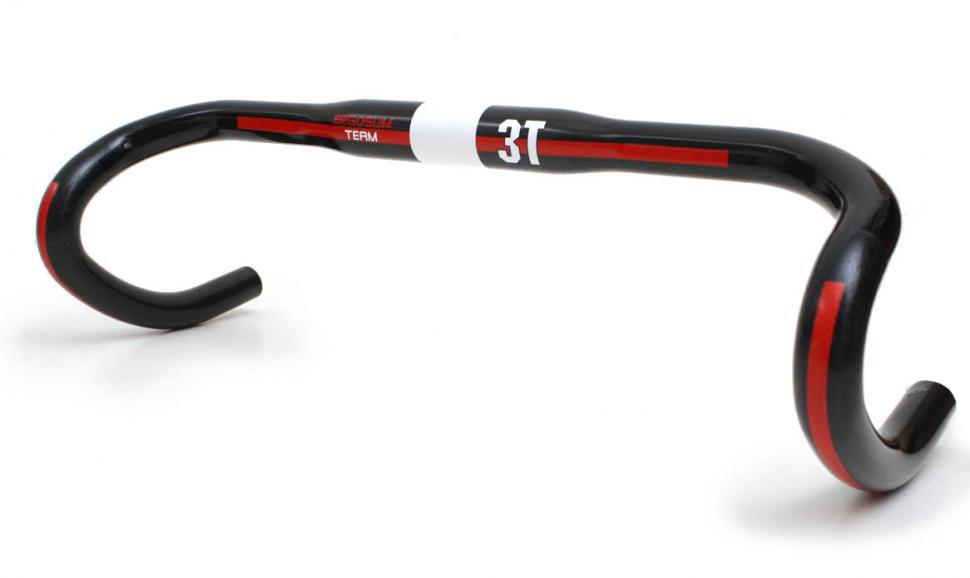
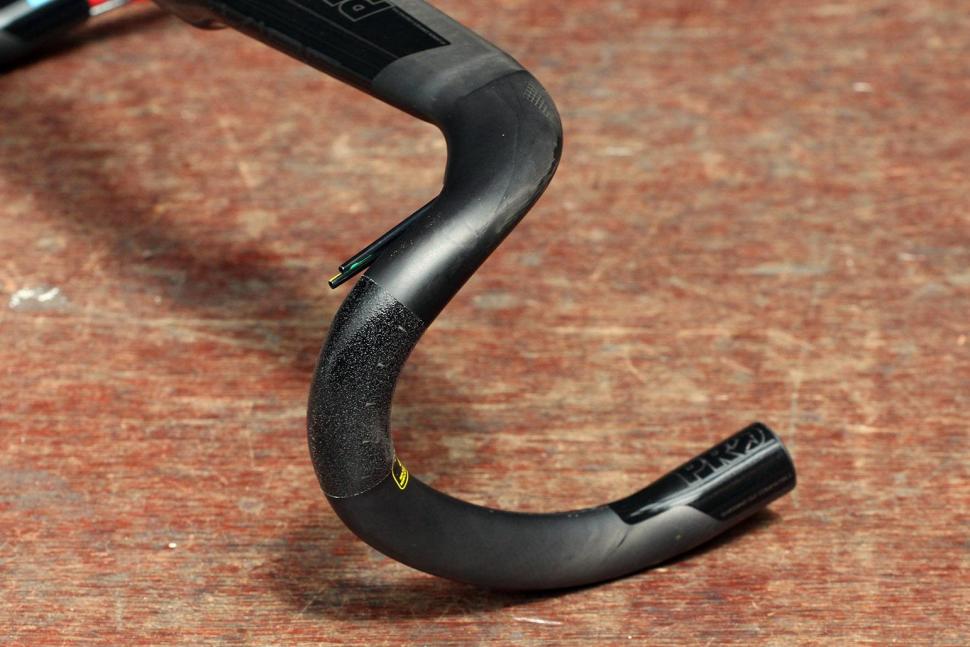
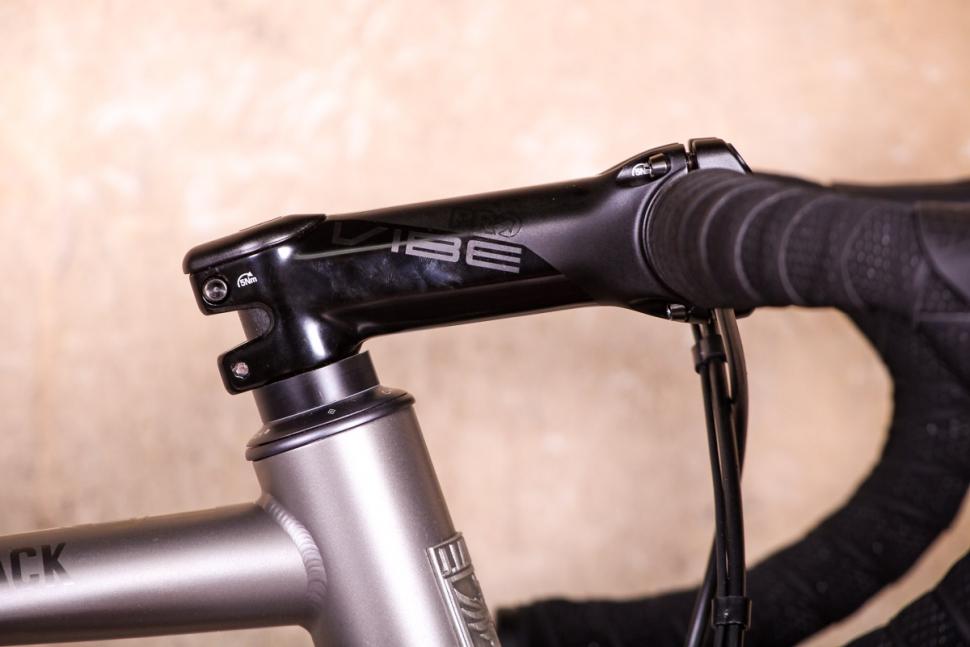


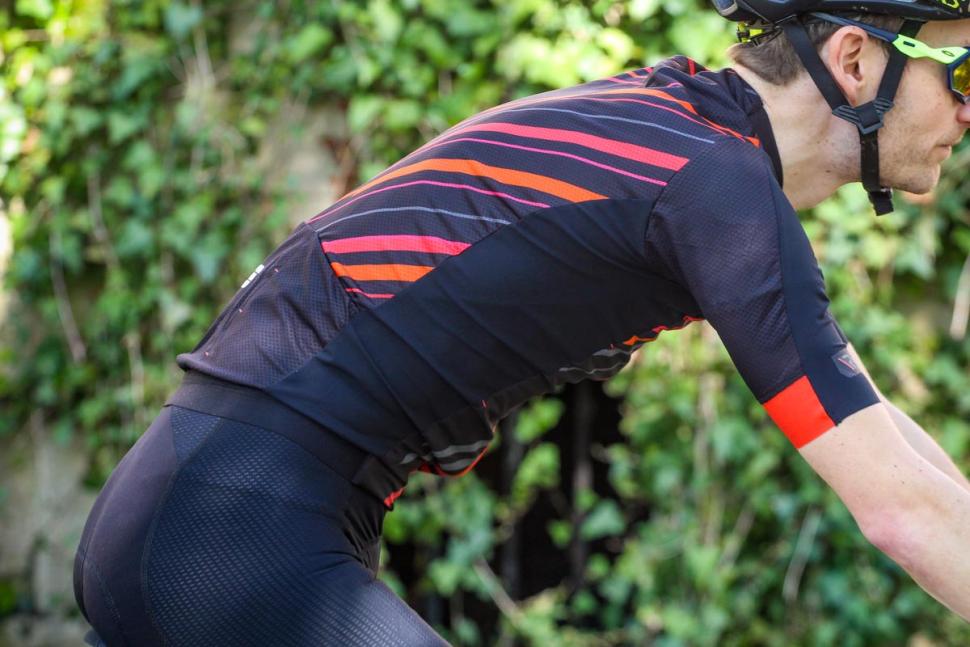
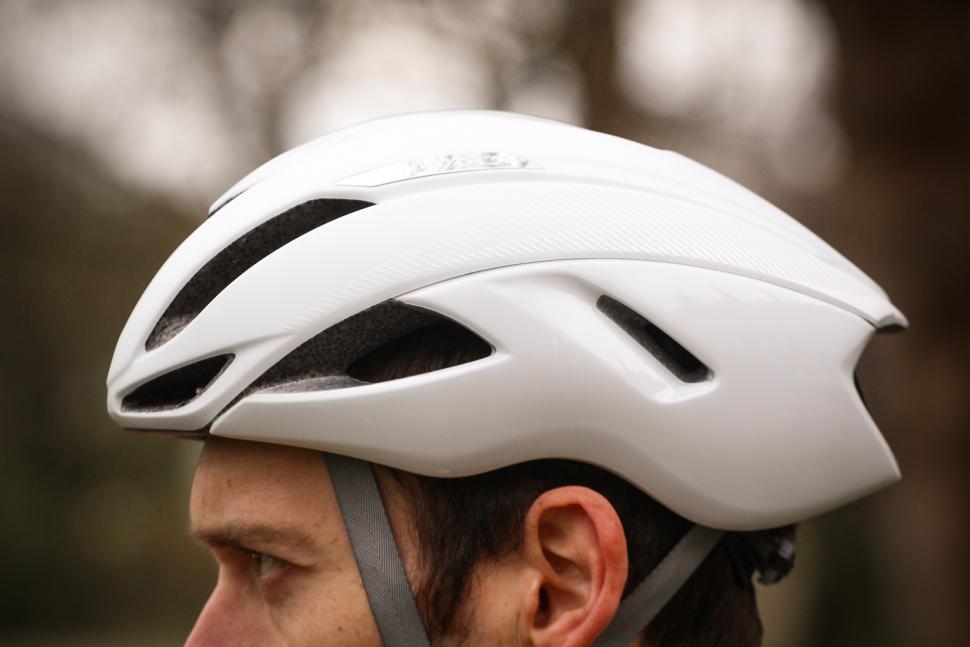

Add new comment
13 comments
Anyone notice a difference with shortening the stem? My winter bike is slightly larger and I do suffer an achy back after a while and I've wondered if it would make any difference to change.
Best £ I ever spent on my riding, not on a bike directly as such, was on a week's cycling holiday in the Alps. Worked hard in the lead up to get the best out of it, had an amazing week and learned new skills like descending, then was as fit as a butcher's dog for the rest of the season when I got home!
True indeed, even a few number of mountain rides may upgrade a rider.
But this article is not about rider upgrade, it if for gear upgrade via customisation. And saddle is no 1 point to start with.
get fitter, only one device can (fully) help you do that and it's a power meter.
Just the power meter then? I thought it needed to be attached to something, ideally a bike?
Leaving aside the sarcasm for a minute, your statement is pretty mindless. There are plenty of people who have become fitter through cycling. I would wager that 99.9% of those people do not have a power meter. A power meter may have helped some of them realise more of their potential. On the other hand, I know a number of people who own power meters but do nothing with the data (maybe they are relying on the extra weight of the power meter as a means of improving fitness over the non-power meter equipped bike). There's no point in having a power meter and just riding around - which is what most people do.
Troll or talking complete rubbish?
A power meter is a great tool to help you get fitter, however there is no reason whatsoever that you cannot get just as fit (and fast) without one and I say that as a person with 4 powermeters on 4 bikes.
I'd partially quibble and say a smart trainer trumps a PM any day of the week. For little more than a decent pm you can get an entire training tool that includes a power meter equivalent.
Consistent indoor rides on a trainer are going to trump the variability of an outdoor ride any day of the week. Factor in a decent app like Zwift, Sufferfest etc and the boredom factor is cured too.
Choice of tires and pressures seems to be a big hit of low hanging fruit, as it were. This is a great feature btw.
I try to only cycle down hills and with a following wind - that gets me going over an irresponsible 10mph.
What do you do when you reach the bottom?
Usually have a packet of crisps or a snickers.
And then the squirrels pull you back up?
You'd be surprised by the pulling power of a squirrel